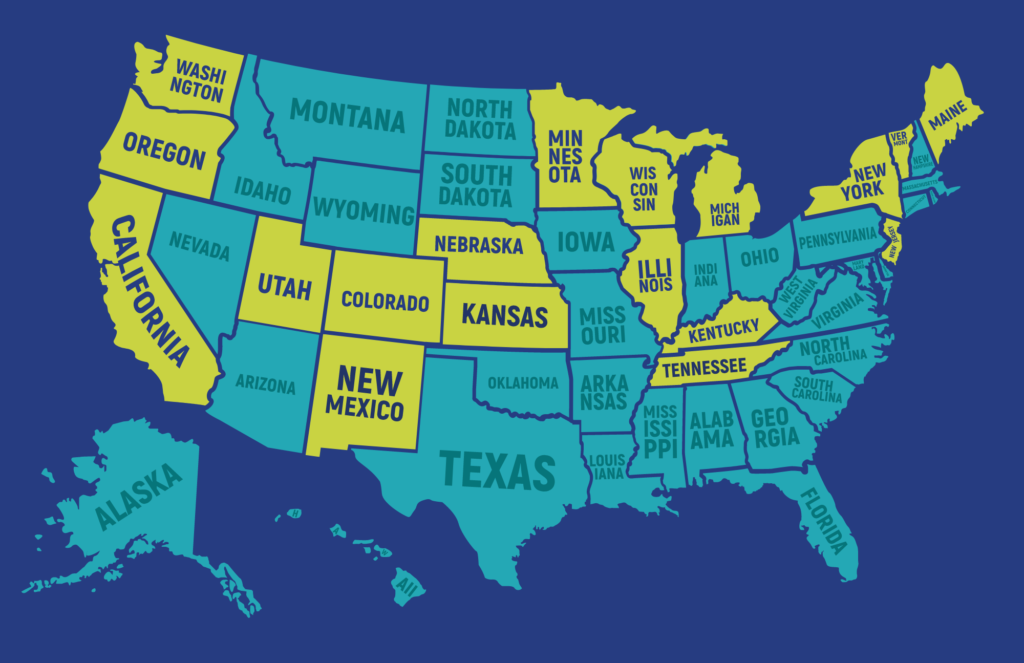Advancing Racial Equity in State Governments
Program
Highlights

PHI’s State of Equity has teamed up with the Government Alliance on Race and Equity (GARE) to cultivate a community of state government leaders and to develop a national strategy for advancing racial equity in state governments.
60 state government leaders from 10 states gathered to amplify racial equity work in state governments
-
Focus Areas
Capacity Building & Leadership, Health Care & Population Health -
Issues
Population Health -
Expertise
Coalition & Network Building, Leadership Development
PHI’s State of Equity has teamed up with the Government Alliance on Race and Equity (GARE) to cultivate a community of state government leaders and to develop a national strategy for advancing racial equity in state governments.
States are fundamental in the fight for social justice. States help funds and policies flow between federal and local jurisdictions, and can play a key role in supporting equitable and healthy communities.
While racial justice advocates have primarily focused on local and federal governments, opponents of racial justice are increasingly targeting their attacks at the state level. Opponents have introduced dozens of state legislative bills that would ban racial equity work in government and education.
Across the country, extremist groups are using intimidation, misinformation, and violence to try to reverse progress towards an inclusive, multiracial democracy. As a result, some city, state, and federal government agencies have stopped trainings and initiatives designed to advance racial equity.
State of Equity’s work is guided by input from state practitioners about the challenges and opportunities for advancing racial equity through their work.
In 2021, State of Equity convened over 20 leaders from 8 states, as well as research institutes, membership organizations, and national nonprofits to identify the structures, practices, and networks needed to amplify racial equity work in state governments. Participants said they needed a community for state-level racial equity practitioners, capacity building, and a coordinated states strategy.
In 2022, 60 state government leaders from 10 states gathered together and identified three action areas for 2023:
- Create shared language and understanding of why this work is important and the role of state practitioners
- Build internal infrastructure for changing government, including developing “belonging” opportunities for staff
- Build networked infrastructure for sustained capacity and effective community participation
As federal and local racial equity work grow, State of Equity is a key strategic partner spearheading crucial state level work. There is no whole-of-government approach without building work at the state level. This means the success of State of Equity is essential to the success of our movement for racial equity in government. We are grateful and honored to work with such a thoughtful, creative, and committed group of people and look forward to working together for years to come.Cathy Albisa
Vice President for Institutional and Sectoral Change, Race Forward
Leaders from states across the nation have participated:

Work With Us
You change the world. We do the rest. Explore fiscal sponsorship at PHI.
Support Us
Together, we can accelerate our response to public health’s most critical issues.
Find Employment
Begin your career at the Public Health Institute.
